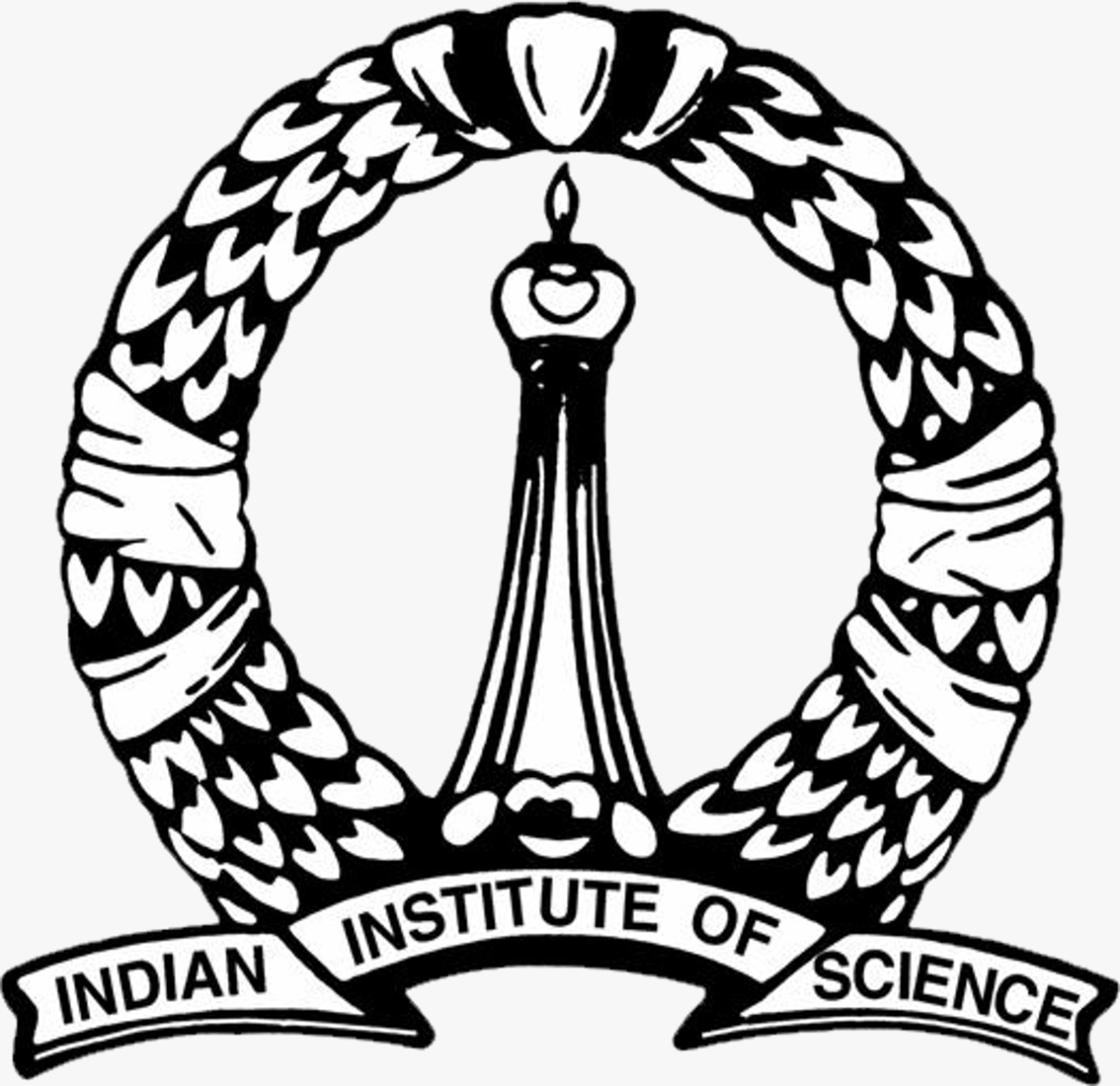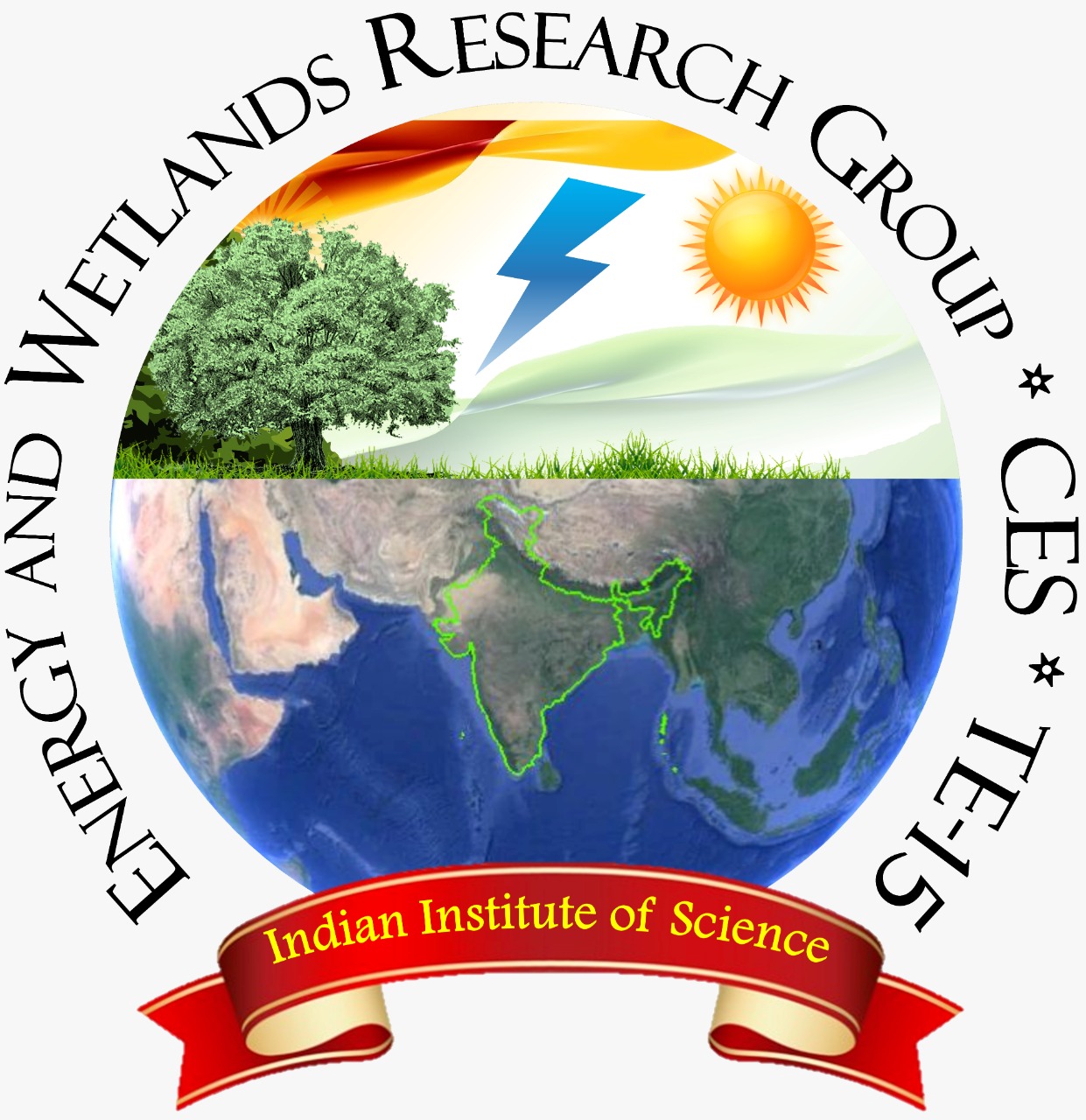T.V. Ramachandra a,b,c,* N R Narayan a
a Energy and Wetlands Research Group, Centre for Ecological Sciences [CES], b Centre for Sustainable Technologies (astra) c Centre for infrastructure, Sustainable Transportation and Urban Planning [CiSTUP] Indian Institute of Science, Bangalore – 560012, India. *Email: tvr@iisc.ernet.inenergy.ces@iisc.ac.in
Citation :Ramachandra T V and N R Narayan, 2021 Heavy metal in the food chain - consequences of polluting water bodies, Green Chemistry & Technology Letters eISSN: 2455-3611, Vol 7, No 1, 2021, pp 07-17
https://doi.org/10.18510/gctl.2021.712
|
||||||||||||||||||||

